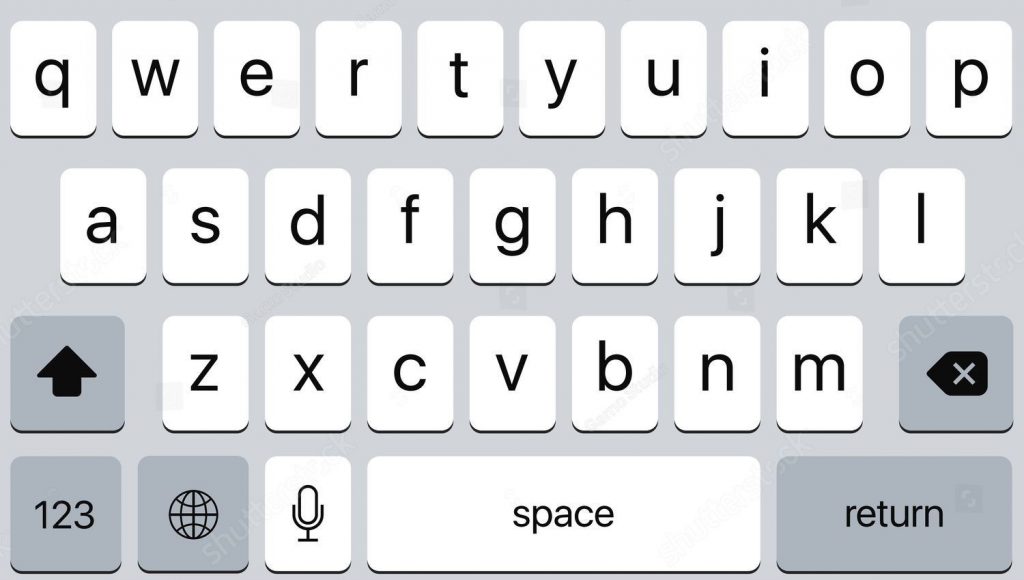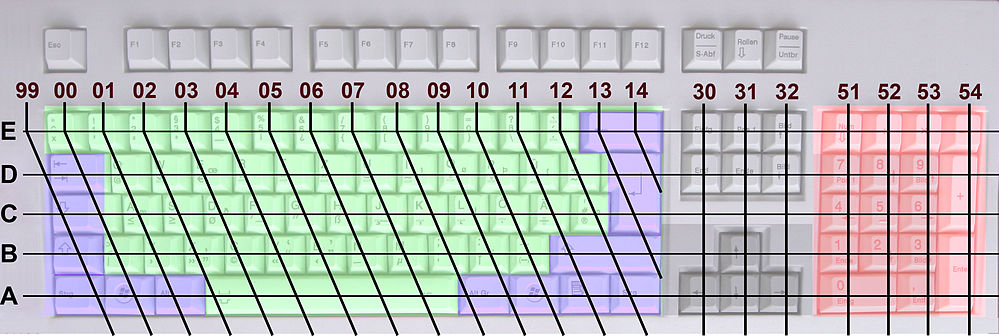Have you ever looked at a keyboard and wondered why the letters are randomly arranged instead of being in alphabetical order?
Well, the reason goes back about 150 years, when Christopher Sholes and Carlos Glidden created a revolutionary device to type out letters, which was faster and cleaner than using a quill. It was called a typewriter, and its mechanisms worked similarly to a piano. When a key was pressed, a lever would swing up and stamp the paper with a letter or number.

These keys were initially arranged in alphabetical order. But users quickly ran into a problem. When two keys were pressed in quick succession, the levers could collide and become stuck. This happened most often to keys right next to each other.

So instead of alphabetical order, Sholes’s business partner James Densmore suggested splitting up keys commonly used together. After experimenting with countless keyboard layouts, Sholes discovered an arrangement that resulted in the fewest adjacent key presses. It became known as the QWERYY keyboard and was eventually sold to Remington Company for use in the first commercially successful typewriter.z

As time passed, some pointed out that the QWERTY keyboard could be optimized further to make typing faster and easier for beginners. Plus, with the invention of the electronic typewriter, there were no longer any mechanical levers to cause jams. This meant modern keyboards were a blank slate and could be changed to alphabetical order. But the transition just wasn’t practical.
People all over the world had already grown accustomed to touch-typing on a QWERTY keyboard, and relearning their typing skills for a slight increase in speed or efficiency simply wasn’t worth the trouble. Also, there were concerns that some manufacturers would change their keyboard layout while others wouldn’t, creating unnecessary fragmentation and complexity for consumers.

So by 1985, something called the ISO/IEC 9995 standard was established by Dr. Yves Neuville in Berlin. It served as a guideline for national and industrial keyboard layouts and continues to be used today.
So while switching back to an alphabetic keyboard may have been logical, it never happened since it was simply impractical.
As always, let us know your thoughts in the comment box